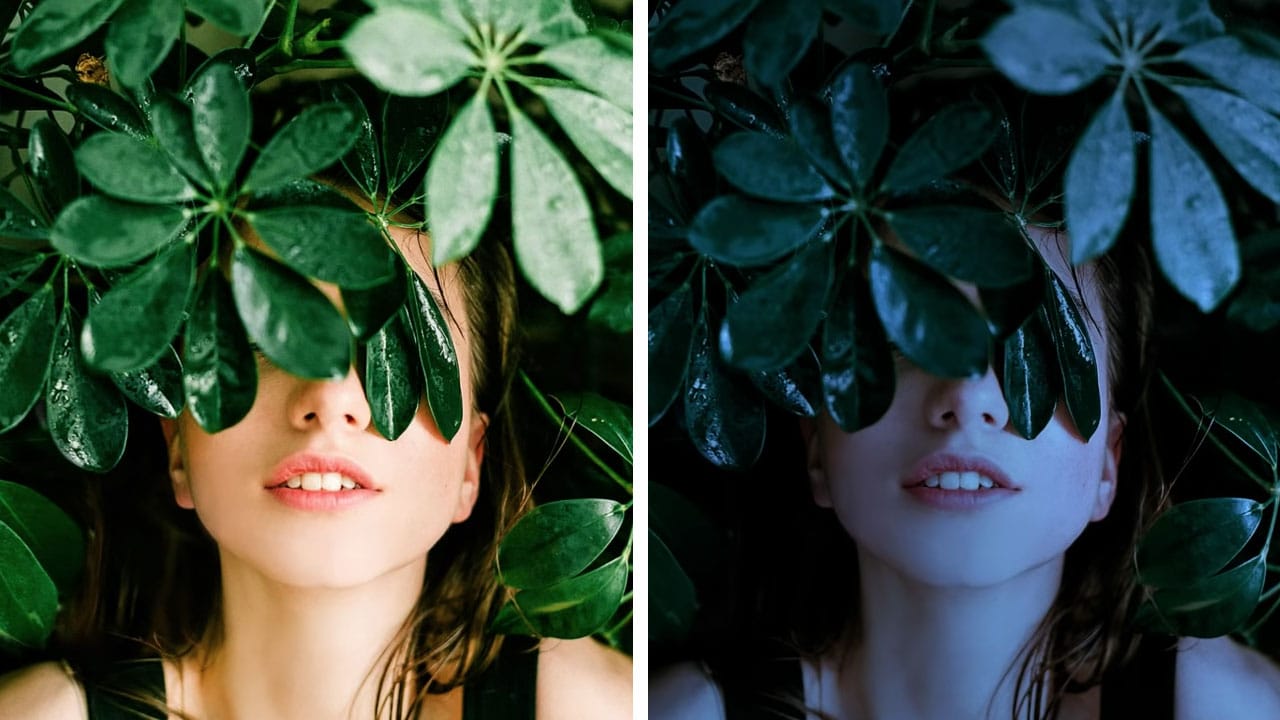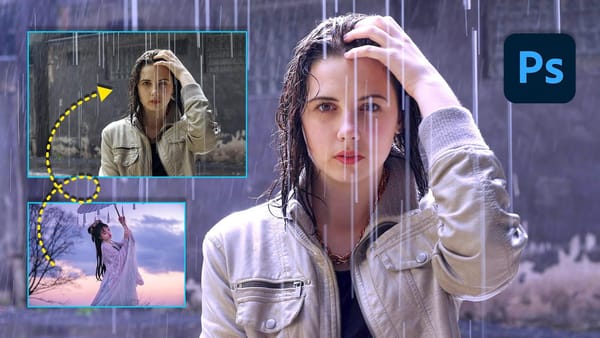In this Photoshop tutorial, the author PiXimperfect shares a simple and effective technique to transform a daytime image into a moonlit night scene. The process only takes about 2 minutes and involves using a few adjustment layers in Photoshop.
The author guides viewers through the steps, explaining how to create the desired night-time effect. By adjusting the levels, curves, and color balance, the daytime lighting is replaced with a soft, moonlit glow. The tutorial is straightforward and easy to follow, making it accessible for both beginners and experienced Photoshop users.
Overall, this tutorial by PiXimperfect provides a quick and efficient way to change the mood and atmosphere of an image from day to night using basic Photoshop tools. The author's clear instructions and visual demonstrations make it a valuable resource for anyone interested in photo editing and enhancing their images.












